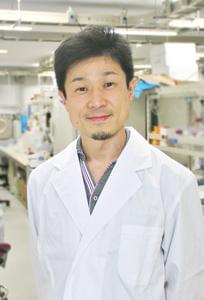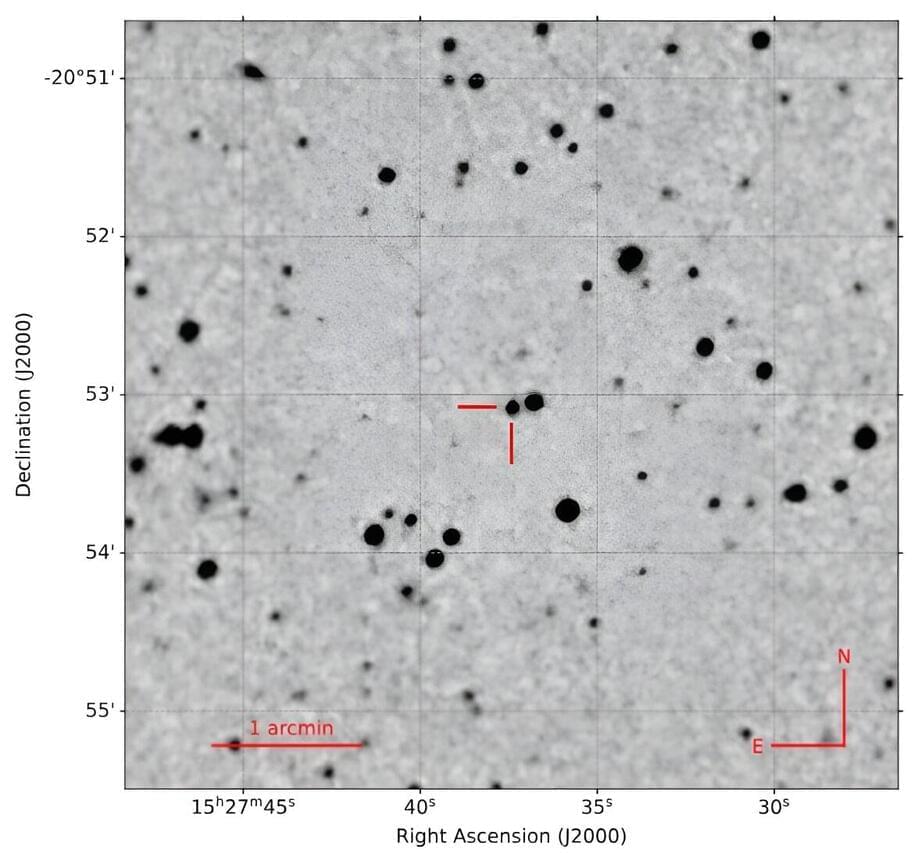Sometimes a cough is just a cough. But if it sticks around for a while, you may have something more serious. Find out more about what may be causing your nagging cough.



Genomes are the blueprints of living creatures; chromosomes and genes within all our cells encode information about life. Genome editing technology that can change these chromosomes and genes has developed rapidly. From drug development and gene therapy, improvements to crops and livestock, to creating useful microorganisms to replace petroleum, this technology has started to have a significant impact on our societies.
Professor NISHIDA Keiji (Graduate School of Science, Technology and Innovation) has developed a new genome editing technology and established a business venture based on his research findings. He is on the front lines of genome editing in both business and research.



Sign Up on Patreon to get access to the Space Time Discord!https://www.patreon.com/pbsspacetimeCheck out the Space Time Merch Store https://www.pbsspacetime.c…
Space may be the final frontier, but we can’t go far on rocket fuel. Now, two scientists are working on a device that may one day make the \.
What’s up with the fourth dimension? Neil deGrasse Tyson and Chuck Nice explore the dimensions, worldlines, and what it would mean to be 4D.
Learn about time and space and how we navigate through both. What would a 2D world be like for two-dimensional people? We break down what it’s like for 3D beings to interact with the second dimension and what it would be like for 4D beings to interact with the third dimension. Plus, we discuss flying cars and whether we already have them.
Get the NEW StarTalk book, ‘To Infinity and Beyond: A Journey of Cosmic Discovery’ on Amazon: https://amzn.to/3PL0NFn.
Come check out our brand-new channel! / @startalkplus.
Support us on Patreon: / startalkradio.
FOLLOW or SUBSCRIBE to StarTalk:

By analyzing the data from ESA’s XMM-Newton and Gaia satellites, astronomers from the Leibniz Institute for Astrophysics Potsdam (AIP) in Germany and elsewhere have detected a new magnetic cataclysmic variable system, most likely of the polar type. The finding was reported in a research paper published March 21 on the pre-print server arXiv.
